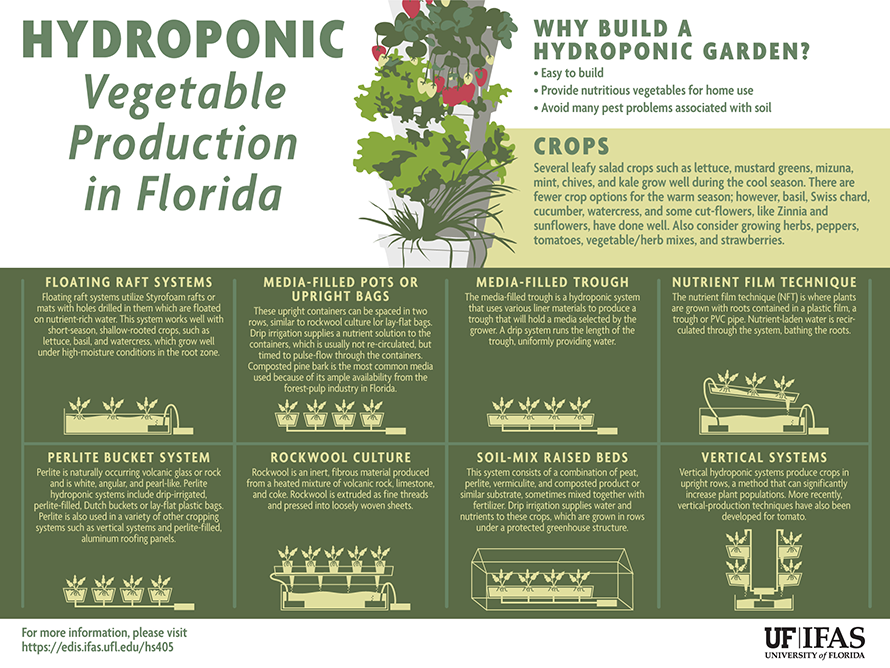Seasonal Tree Treatment: Exactly How To Take Care Of Trees Prior To And After Removal
Seasonal Tree Treatment: Exactly How To Take Care Of Trees Prior To And After Removal
Blog Article
Created By-
When it concerns seasonal tree treatment, making sure proper management before and after elimination can substantially affect the health and wellness and visual appeals of your landscape. By comprehending the required actions associated with analyzing tree health and wellness and preparing for elimination, you can proactively guard your residential or commercial property. Yet what about the gentle arborist, llc to adhere to once the tree is gone? Stay tuned to find the crucial post-removal care procedures that will help you cultivate a successful and lasting setting for your trees.
Pre-Removal Tree Care
Before attending to the removal of a tree, it's vital to focus on pre-removal tree care. Beginning by examining the tree's health and architectural integrity. Try to find signs of illness, parasite invasions, or any kind of architectural problems that may present a safety and security hazard during removal. It's important to consult with a certified arborist to establish the most effective strategy.
Pruning dead or diseased branches can stop further damage to the tree and guarantee a smoother removal process.
Furthermore, consider the environmental effect of getting rid of the tree. Trees play an important duty in our community, so planting a new tree in an appropriate location can assist offset any type of loss. Make sure that you have the necessary permits and approvals for tree elimination, specifically if the tree is protected by regional regulations.
Seasonal Maintenance Tips
Assessing your tree's requirements throughout the year is important for its health and wellness and longevity. To maintain your trees in leading problem, comply with these seasonal upkeep pointers.
In spring, concentrate on trimming to remove dead or damaged branches and motivate new development.
Summer calls for normal watering, especially during dry spells, to ensure your tree stays hydrated.
As fall strategies, keep an eye out for early indicators of disease or stress and anxiety, and consider using mulch to protect the roots during winter months.
In winter, be cautious when eliminating snow from branches to prevent damage, and continue to monitor your tree's total wellness.
Keep in mind to adjust your care routine based upon the specific requirements of your tree species and regional environment. By remaining auckland garden contractors and aggressive throughout the seasons, you can assist your trees thrive and flourish for several years to come.
Post-Removal Tree Treatment
To guarantee the health and wellness of your landscape even after tree elimination, appropriate post-removal care is essential. After a tree is gotten rid of, it's essential to fill the continuing to be opening with topsoil and portable it to stop settling. please click the up coming post will help keep the stability of the ground and protect against potential threats in the future.
Think about planting brand-new plants in place of the eliminated tree to bring back the balance and aesthetics of your landscape. Consistently water the area to promote the growth of brand-new plants and protect against soil disintegration.
Examine the bordering trees for any type of signs of illness or stress that may have been caused by the removed tree. Keep an eye out for parasites that may've been brought in to the previous tree and take safety nets to protect the staying plants.
If required, talk to an expert arborist to examine the influence of the elimination on the surrounding trees and figure out any type of added care required. By adhering to these post-removal treatment actions, you can make certain the ongoing health and wellness and appeal of your landscape.
Conclusion
To conclude, aggressive seasonal tree treatment is vital for preserving the health and wellness and balance of your landscape. By assessing tree wellness, pruning, and talking to an arborist before elimination, you can make sure a risk-free process. After removal, filling the hole, growing new plants, and normal watering will advertise new growth and protect against disintegration. Keep in mind to check surrounding trees for condition and look for further treatment actions from an arborist to maintain your landscape growing.
